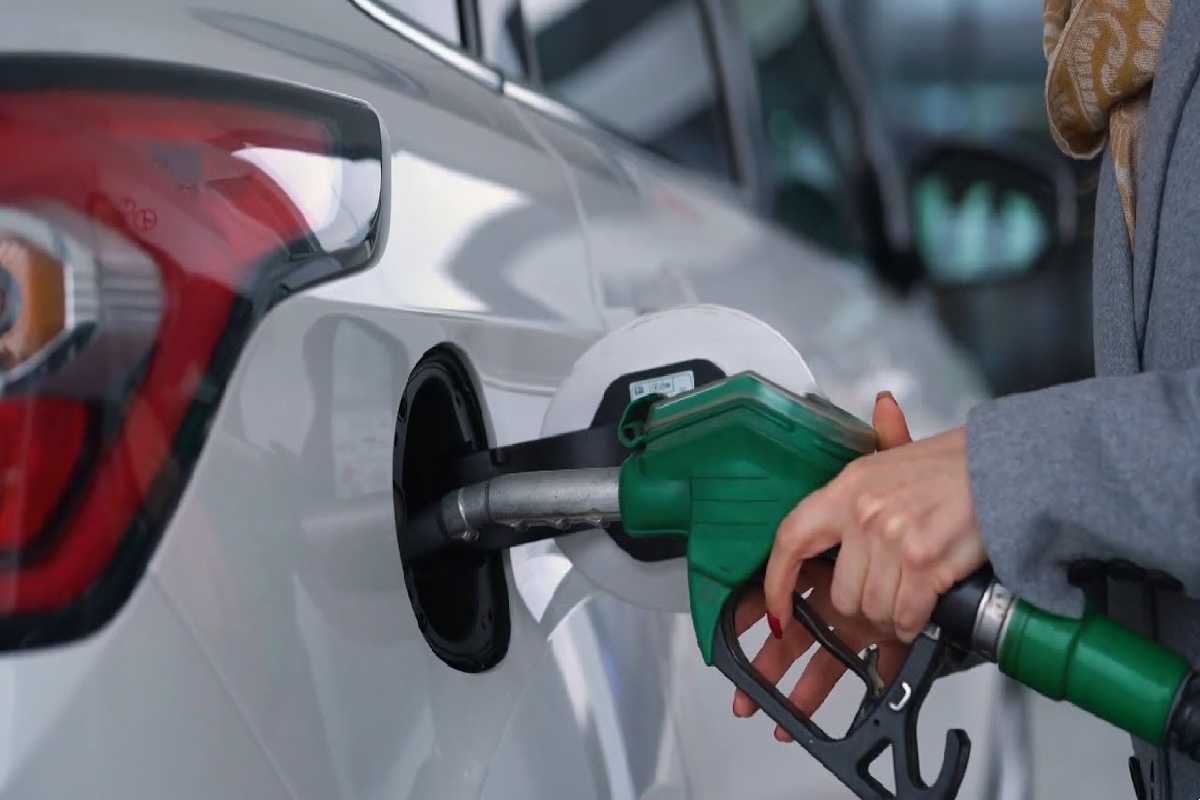
Gasoline Cars
Gasoline Cars: Vehicles powered by gas and diesel are comparable. Each one of them has an internal combustion engine.
How Do Gasoline Cars Work?
- Instead of the compression-ignited engines used in diesel vehicles, gasoline cars typically have spark-ignited internal combustion engines. The fuel is fed into the fire chamber and mixed with air in a spark-ignited mechanism.
- A spark from the spark wad ignites the mixture of gasoline and air.
- Although gasoline is the most widely used transportation fuel, other fuels have similar parts and engines.
Key Components of a Gasoline Car
Battery: The battery supplies electricity for the engine to start and for the electronics and accessories of the car.
Electronic control module (ECM): The ECM monitors vehicle operation, protects the engine from abuse, and discovers and resolves issues. It also controls the fuel mixture, ignition timing, and emissions system.
Exhaust system: The exhaust system sends the engine’s exhaust gases out of the tailpipe. The exhaust system’s three-way catalyst is developed to lower engine-out emissions.
Fuel filler: A nozzle from a fuel dispenser is attached to the tank’s receptacle on the car to fill the tank.
System for fuel injection: This system injects fuel into the engine’s combustion chambers to start the engine.
Fuel line: This connects the engine’s gasoline injection system to the fuel tank using a metal tube, flexible hose, or combination.
The Fuel pump: A pump that moves fuel via the fuel line from the tank to the engine’s fuel injection system.
Fuel tank (gasoline): This tank holds gasoline within the car until the engine needs it.
Internal combustion engine: In this design, gasoline is pumping into the combustion chamber or the intake manifold, which is blending with air. The spark from a spark plug then ignites the air/fuel combination.
Transmission: The transmission converts electrical power from the traction motor or engine into mechanical power that drives the wheels.


